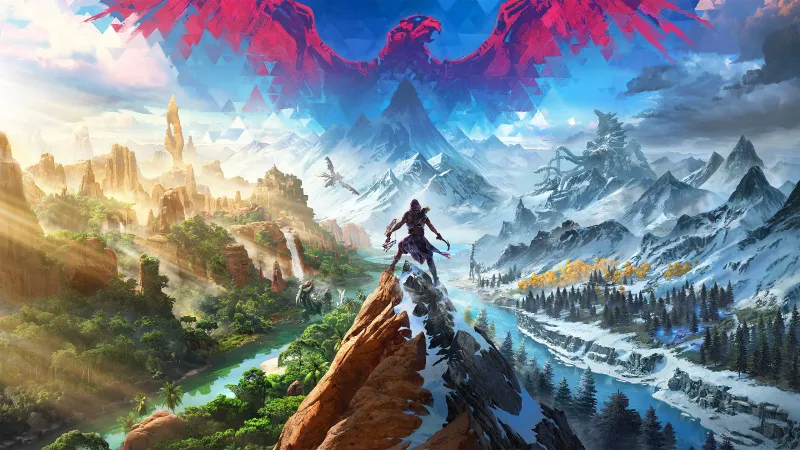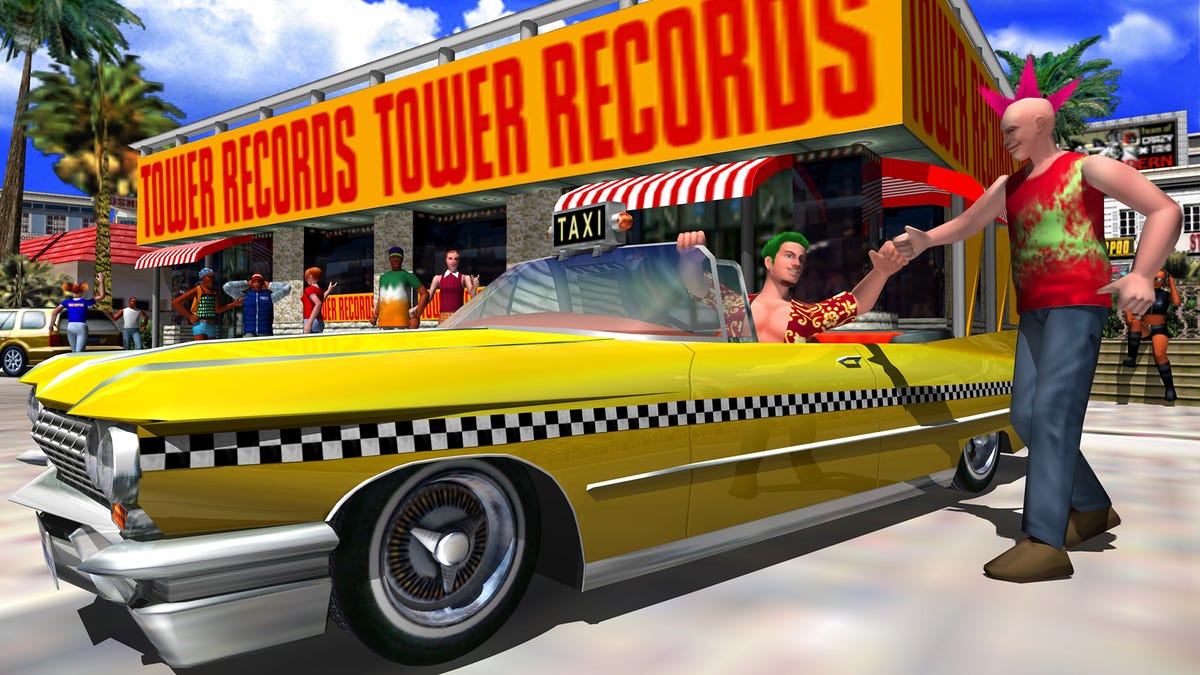Call of the Mountain is meant to be the showpiece of PlayStation VR2, and in a way, that’s exactly how it works. Firing an arrow with a bow in VR feels great, and getting the chance to see the world of Horizon from a new perspective can be exciting. However, Call of the Mountain’s primary gameplay struggles to find fun at a fundamental level, ultimately spoiling the larger experience.
Call of the Mountain includes a cursory cameo from Aloy to remind you that you are in her world, but this game follows Ryas, a former Shadow Carja who has been offered the rare opportunity to receive a pardon for his Getting crime while he’s tackling what could be a suicide squad. The story of Call of the Mountain focuses on a small group of characters with family and political histories, and watching those relationships collide is the most interesting part of the narrative. There is one great evil, but they reveal themselves surprisingly late – too late to inspire passion to face them.
To succeed in his mission, Ryas relies on two key skills: he’s great with a bow and arrow, and he’s a damn good climber. The latter ability makes up most of the game and is unfortunately an element I didn’t like. Using Ryas’ arms to propel him up a cliff or climb a rope rarely ended in failure, but it meant I spent the vast majority of my time simulating the movement of a cat scratching a wall, while my face was inches from a cliff. It’s just not fun to perform, even if it works.
Tools unlocked as the game progresses, like the ability to create zip lines in certain situations or throw a rope over your head, add some variety, but it never manages to overcome how awkward basic climbing is.
Combat, on the other hand, can be exciting and it doesn’t take long to feel like a skilled marksman. Robot battles take place in specific arenas and change your abilities. Ryas shoots his enemies in circles and can quickly dodge to evade attacks, and everything feels fast and fluid. As with the core Horizon games, knocking off certain armor elements rewards higher damage, although here it feels more like a bonus than a core mechanic. I particularly enjoyed the one-on-one combat against the larger robots, which required a few more strategies than just aiming for the right sections, like detonating large explosives at the right time.
I suspect Call of the Mountain does a lot to help you aim, but I absolutely applaud it. Shooting Stormbirds out of the sky with a well-placed shot, or hitting the optional target from what feels like a mile away is always rewarding.
Ryas is also a bit of a tinkerer and has to put together his different ammo types as well as the new tools he unlocks throughout the game. Attaching arrowheads and explosive canisters to arrows, or wrapping a rope around a new tool is a small but fun action to perform in VR.
Call of the Mountain’s other great success comes from the simple act of looking around. The world of Horizon is beautiful to behold, with its abandoned technology overtaken by the natural aesthetic. There are many opportunities to just stare at something cool in the distance, and I’ve often taken the opportunity to do so – unless I was climbing. Then I couldn’t get through the section fast enough and sped to my destination.
Horizon Call of the Mountain is a good showcase for PlayStation VR2. It’s the game to play if you want to show off your new technology to friends and family. There’s even an unlockable mode that’s a passive canoe ride through a robot-infested jungle. However, what’s holding the game back tremendously is Call of the Mountain’s over-reliance on climbing. The smaller parts of the game, fighting robots, crafting items, and looking around are highlights. Pulling yourself up a mountain isn’t, and that’s where you’ll spend most of the approximately six-hour experience.







